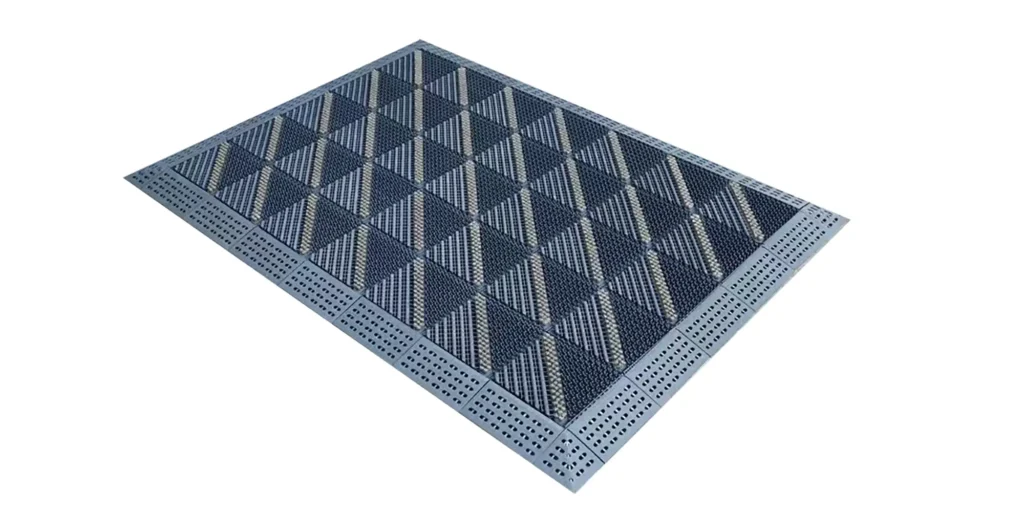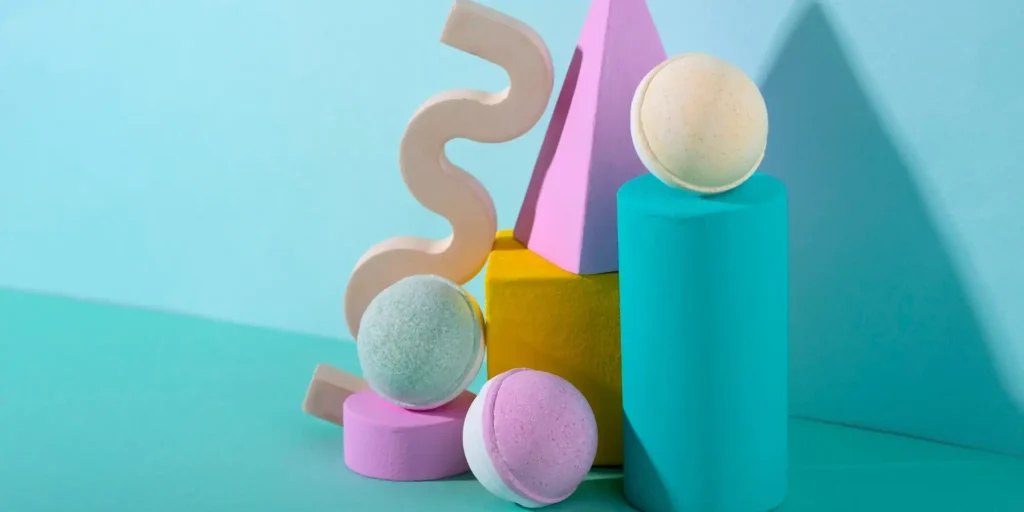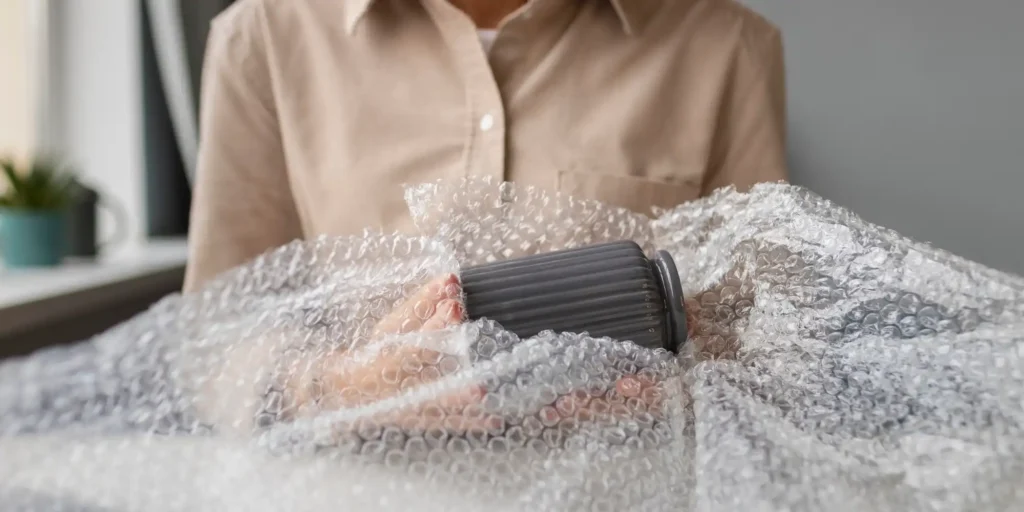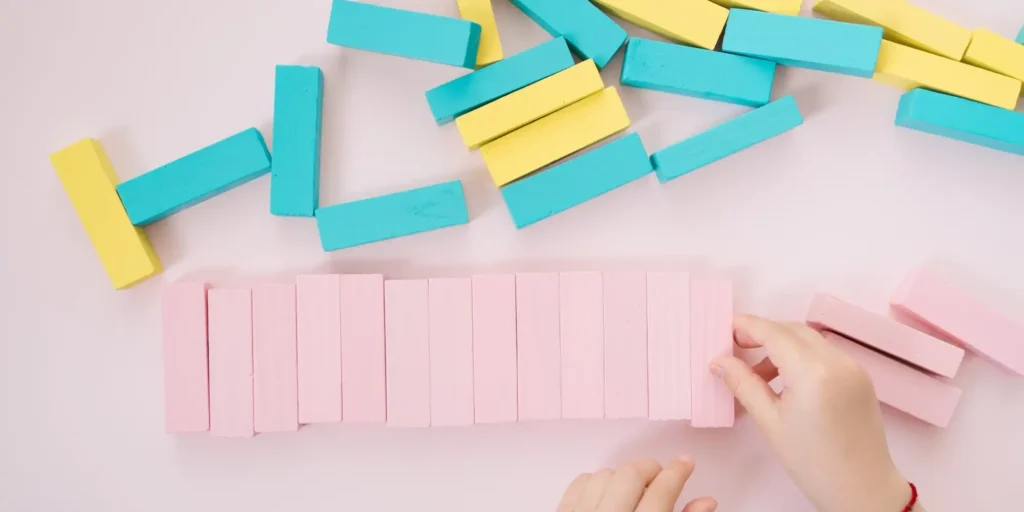Abstract
This study examines polyethylene (PE) and ethylene-vinyl acetate (EVA) foams for household DIY applications through comparative analysis of cost efficiency and ecological considerations. The research provides discerning craft enthusiasts with data-driven insights for material selection that harmonizes budgetary constraints with sustainable practices.
Comparative Material Properties
When selecting materials for domestic DIY endeavors, PE and EVA foams emerge as predominant choices.
- PE Foam:
- Cost-effective
- Lightweight
- Excellent cushioning performance
- Ideal for packaging and insulation
- EVA Foam:
- Superior density
- Enhanced durability
- Pliable surface texture
- Common in footwear, crafts, and children’s play items
Financial Considerations
From a purely economic perspective:
- Acquisition Cost: PE foam is 30-50% more affordable than EVA.
- Longevity: EVA foam lasts 2-3 times longer than PE.
- Tool Requirements: EVA’s workability reduces the need for specialized cutting tools.
Ecological Impact Assessment
- Recyclability: PE benefits from better-established recycling infrastructure.
- Biodegradability: Both materials decompose slowly, with PE showing slightly better results.
- Production Footprint: EVA manufacturing involves higher energy consumption and carbon emissions.
Project-Specific Recommendations
- Temporary applications (packaging, interim insulation): PE foam
- Skin-contact/frequent-use items (floor mats, playthings): EVA foam
- Outdoor applications: EVA’s superior UV resistance is advantageous
FQA
1.Child-friendly craft suitability:
EVA is safer (BPA-free and softer), but PE may be more economical for large group projects.
2.Long-term cost efficiency:
EVA has a higher upfront cost but provides better value for frequently used items like exercise mats due to its durability.
3.Environmental recommendations:
PE has slight advantages in recyclability, but both raise ecological concerns. Consider sustainable alternatives like natural rubber or cork.
4.Proper disposal methods:
- PE: Check municipal recycling centers.
- EVA: Repurpose (e.g., anti-slip pads) instead of landfill disposal.
5.Material combination feasibility:
Hybrid applications using PE for structural support and EVA for surfaces offer a balanced solution. Pay close attention to adhesive compatibility.
WELLE Trade has over 20 years of experience in the production and processing of PE/EVA/TPE foams, so you may want to consult with them if you have any sourcing needs.




